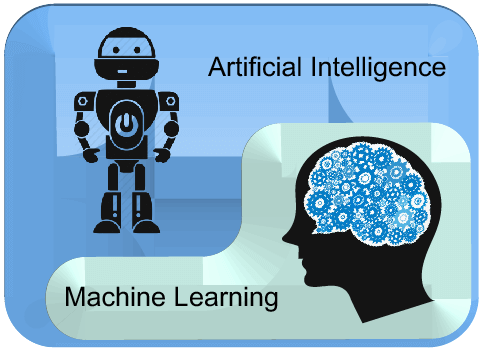
While many companies are interested in applying artificial intelligence (AI) and machine learning (ML) to help their businesses transform and innovate, few have an appetite for a lengthy project or a large initial investment. But when companies can see meaningful value in six to eight weeks, they are more likely to expand their usage of Artificial Intelligence(AI) and machine learning (ML) into new initiatives.
To demonstrate the value proposition for Artificial Intelligence(AI) and Machine Learning (ML), we recommend concentrating on unlocking insights from vast amounts of unstructured data to help augment human intelligence, create process efficiencies and lower operational costs. We have also found that the best results tend to come from a business-led/IT supported model.

Four key questions are central to scoping out an initial minimal viable product (MVP) for a valid use case.
- Which persona are you trying to assist – external or internal? The answer is not a value judgement, but rather a focus that impacts some of the design considerations and decisions. As an example, in a contact center, the focus for the customer service rep is productivity – quickly giving the rep as much information as possible. This usually means fewer prompts, fewer stops, one- or two-word questions, and fewer and more dense answers. Contrast that with the external customer, where we tend to focus on a warm and engaging experience that incrementally guides the customer to the answers they need. This typically means more prompts, more questions, a wider variety of natural language to ask the questions, and more and shorter (more digestible) answers.
- How are you are trying to help that persona? This aspect typically helps us hone in on part of an initial business process to understand how we are going transform — whether by adding more data for consideration, augmenting analysis, and/or automating the execution of steps.
- Where does the data come from to support this initiative? This is often the most challenging aspect for several reasons: There may be more questions than current answers, the current answers may be inconsistent or conflicting, or the current answers exist, but may not easily understood or comprehensible. All of these situations tend to require focus on curating, modifying, and/or creating content in order to get the right answers.
- What is the value? Value can be determined most successfully when we can be as specific as possible. Very often, benefits can be described in terms of metrics. From a best practice perspective, having specific metrics-based objectives makes it clearer for business and IT to determine the value. Examples include: a) higher customer satisfaction, measured by Net Promotor Scores or revenue increases, b) lower costs, shown by reduced handling times or increased processing volumes with the same staff and c) better employee engagement, indicated by reduced attrition and training time.

To further the dialogue as you consider progressing towards transforming your business by leveraging artificial intelligence, here are some additional questions to guide your thinking:
- Are you focused on transformation and innovation?
- For what initiatives are you considering AI/ML support?
- What business outcomes are you driving?
- What is your current level of experience with AI and ML?
- Have you identified any use cases or do you need some assistance in defining them?
The key to evolving your approach from MVPs to multiple initiatives developed and deployed in production at scale, is to effectively balance faster time-to-value and major transformation outcomes. This balance demonstrates business results in smaller time increments and sets the foundation for flexible and continuous transformation and innovation.






